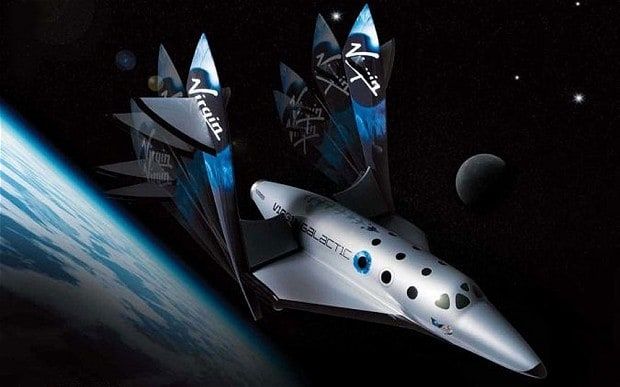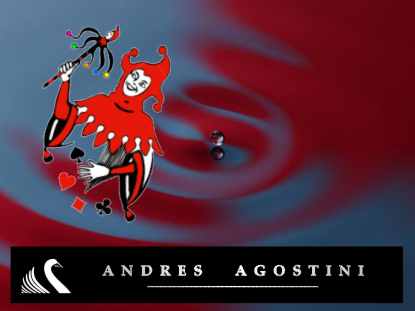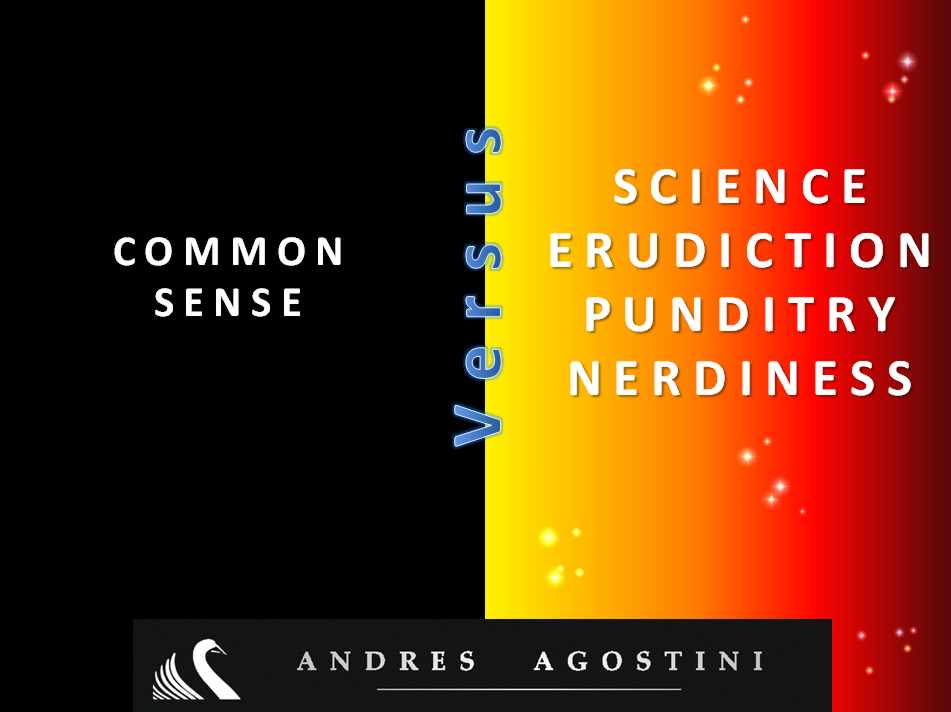Page 11909
Aug 21, 2014
Sending My Stanford University Professor into Awe, Bewilderment, and Paralysis!
Posted by Andres Agostini in category: futurism
What in 2014 I told my own Stanford University Business Analytics Class that Caused my P.hD.-ed Sociology Professor to Set Himself Into Shock and Outrage and STONE SILENCE AND PARALYSIS!
(What my associated NASA Hard Rocket Scientists told me fifteen (15) years ago.)
There is not Society, but outright NONLINEAR ENTROPY (The Second Law of Thermodynamics as it is understood in optimal Classic Physics). To cope with this hard indisputable truth, simple linear human mind will never suffice UNLESS SAID MIND IS FORCEFULLY ANTINATURALLY MARSHALED INTO MULTIFARIOUS COLOSSALLY NONLINEAR ALGORITHMIC COUNTERINTUITIVENESS.
There are not People, but outright NONLINEAR ENTROPY (The Second Law of Thermodynamics as it is understood in optimal Classic Physics). To cope with this hard indisputable truth, simple linear human mind will never suffice UNLESS SAID MIND IS FORCEFULLY ANTINATURALLY MARSHALED INTO MULTIFARIOUS COLOSSALLY NONLINEAR ALGORITHMIC COUNTERINTUITIVENESS.
Continue reading “Sending My Stanford University Professor into Awe, Bewilderment, and Paralysis!” »
Aug 20, 2014
Lifeboat Foundation Worldwide Ambassador White Swan Update and Published Amazon Author by Andres Agostini at www.linkedin.com/in/andresagostini
Posted by Andres Agostini in category: futurism
PHYS.ORG: New generation is happy for employers to monitor them on social media http://m.phys.org/news/2014-08-happy-employers-socialmedia.html
THE DAILY GALAXY: “Music of Black Holes” –Astronomers Observe a Rhythmic Pattern of Light Pulses http://www.dailygalaxy.com/my_weblog/2014/08/music-of-black-…ulses.html
RENEWABLE ENERGY: Could Africa be the Global Epicenter of Renewable Energy by 2030? http://www.renewableenergyworld.com/rea/news/article/2014/08…gy-by-2030
Aug 20, 2014
BMW Launches Its Answer to Tesla’s Supercharger Network
Posted by Seb in category: transportation
By Alex Davies — Wired
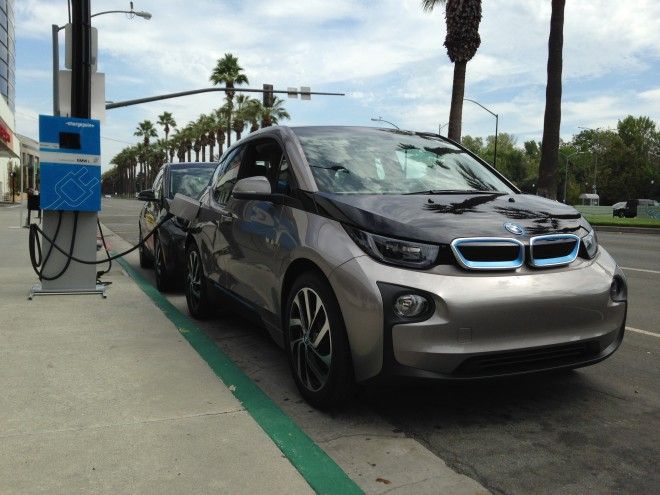
The biggest problem automakers selling electric cars face is limited range. No one wants to get caught without any juice. To get around this concern, Tesla, whose Model S offers the best range (up to 265 miles), is building a vast network of “Supercharger” stations that make it possible to take epic road trips. Now BMW is following suit, launching a network of charging stations to make owning its first all-electric car, the range-handicapped i3, more convenient.
Continue reading “BMW Launches Its Answer to Tesla’s Supercharger Network” »
Aug 19, 2014
Lifeboat Foundation Worldwide Ambassador White Swan Update and Published Amazon Author by Andres Agostini at www.linkedin.com/in/andresagostini
Posted by Andres Agostini in category: futurism
Global Trends in Renewable Energy Investment 2014 http://fs-unep-centre.org/publications/gtr-2014
MEDICAL EXPRESS: Scientists discover link between skin diseases and Sudden Cardiac Death Syndrome http://medicalxpress.com/news/2014-08-scientists-link-sk…udden.html
SCIENTIFIC AMERICAN: Scientists Discover Children’s Cells Living in Mothers’ Brains http://www.scientificamerican.com/article/scientists-discove…ers-brain/
Aug 19, 2014
What Does Amazon’s 3D Printing Store Say About Consumer 3D Printing In General?
Posted by Seb in category: 3D printing
Jason Dorrier — Singularity Hub
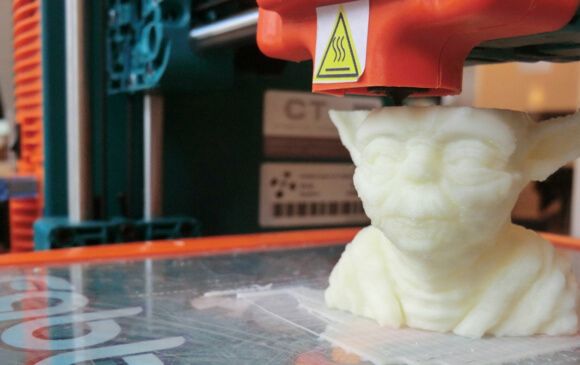
Consumer 3D printing has been creeping into mainstream awareness. Last year, office supply chain Staples announced they’d sell 3D Systems Cube 3D printers in stores, and UPS began offering 3D printing services at select locations.
Not to be outdone, massive online retailer Amazon dedicated an online storefront to 3D printers and supplies. And most recently, the firm added another storefront selling 3D printed products—bobbleheads, jewelry, smartphone cases.
Aug 18, 2014
Against the Biological Clock — A Gameplan to End Age-Related Diseases
Posted by Seb in category: life extension
Written By: Jason Dorrier — Singularity Hub

To Aubrey de Grey, the body is a machine. Just as a restored classic car can celebrate its hundredth birthday in peak condition, in the future, we’ll maintain our bodies’ cellular components to stave off the diseases of old age and live longer, healthier lives.
Dr. de Grey is cofounder and Chief Science Officer of the SENS Research Foundation and faculty at Singularity University’s November Exponential Medicine conference—an event exploring the healthcare impact of technologies like low-cost genomic sequencing, artificial intelligence, synthetic biology, gene therapy, and more.
Kurzweil AI
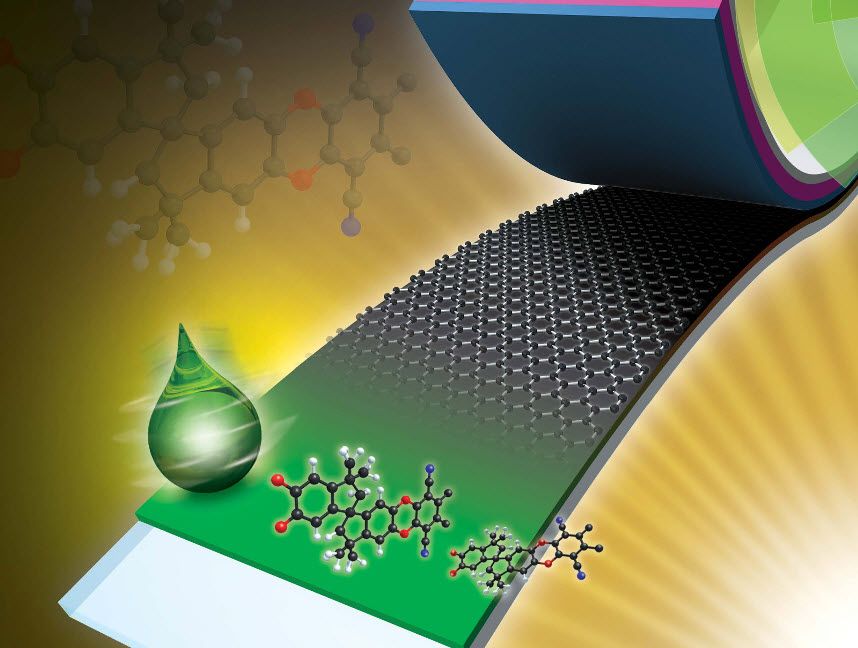
A team of Korean researchers has synthesized hexagonal carbon nanosheets similar to graphene, using a polymer. The new material is free of the defects and complexity involved in producing graphene, and can substitute for graphene as transparent electrodes for organic solar cells and in semiconductor chips, the researchers say.
Aug 16, 2014
Professor of Chemistry Turns India’s Plastic Trash into Useable Roadways
Posted by Seb in categories: chemistry, innovation, materials
Christina Sarich — Nation of Change
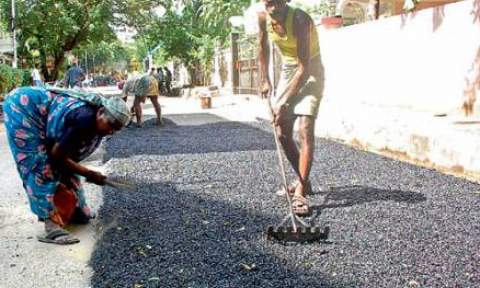
Scenes from the movie Slumdog Millionaire accurately depict India’s latest consumer-influenced economy. Tree groves are littered with a rainbow color of plastic bags like some kind of ominous carnival wreckage. Plastic bottles, candy wrappers, and other ‘garbage’ liters the streets in a land where city officials have long forsaken their duties of providing a pristine infrastructure to its inhabitants, but a professor of chemistry in Madurai, India thinks that the trash lining his country’s roads and fields could be utilized as a ‘wonderful resource,” transforming common plastic liter, from thicker acrylics to bottles and grocery bags, into a substitute for bitumen in asphalt.
The ‘Plastic Man,’ as Rajagopalan Vasudevan is known in India, travels throughout the country instructing engineers how to apply his technology to recycle the trash copiously littering streets from Punjab to Tamil Nadu. To date, more than 3000 miles of plastic roads have been laid in at least 11 states.
Aug 15, 2014
“Google Street View” of the Cosmos Unveiled
Posted by Seb in categories: astronomy, space
The Daily Galaxy via University of Sydney
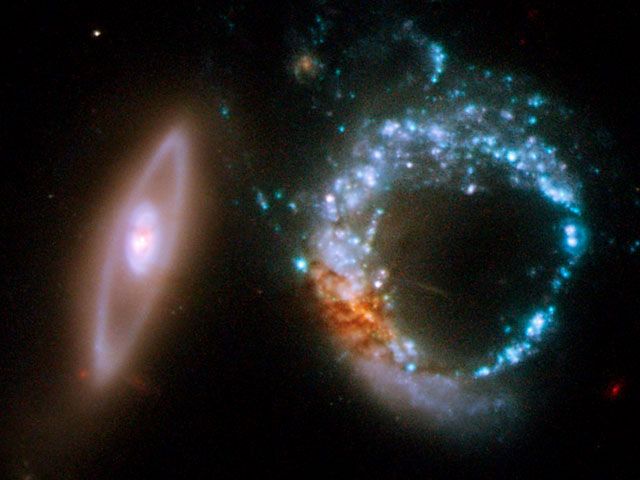
A new home-grown instrument based on bundles of optical fibres is giving Australian astronomers the first ‘Google street view’ of the cosmos — incredibly detailed views of huge numbers of galaxies. Developed by researchers at the University of Sydney and the Australian Astronomical Observatory, the optical-fibre bundles can sample the light from up to 60 parts of a galaxy, for a dozen galaxies at a time. The technological leap is the ‘hexabundle’, sixty or more optical fibres close-packed and fused together, developed by the University of Sydney’s astrophotonics group.
